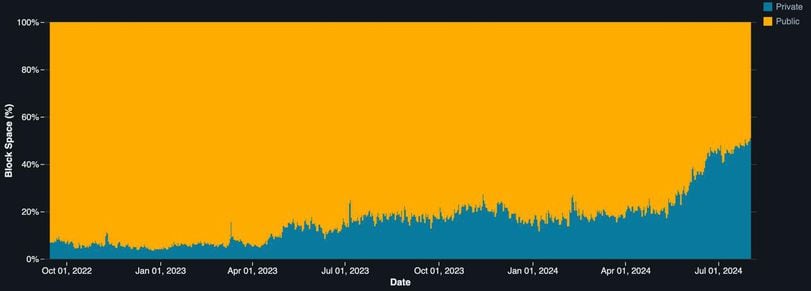(Bloomberg) -- Japanese stocks dropped and the yen rose as traders positioned for a potential interest-rate hike from the nation’s central bank, the highlight of an event-packed day in Asia.
The Nikkei 225 index fell as much as 1.5% while Japan’s 10-year yield advanced six basis points to 1.055% with just few hours left before the Bank of Japan’s decision. Public broadcaster NHK reported that BOJ board members will discuss raising interest rates to around 0.25% on Wednesday from the current range of 0 to 0.1%.
“Given the tight relationship between the yen and Nikkei, not to mention the huge influence Japan has over global financial flows, today’s meeting could be a source of meaningful volatility,” said Kyle Rodda, a senior market analyst at Capital.Com.
With the BOJ decision firmly in focus, financial markets across the region saw big moves following key earnings and local economic data that are crucial to defining monetary policy trajectories. Traders also braced for the Federal Reserve’s decision due later Wednesday, with expectations that Chair Jerome Powell may signal a potential rate cut in September.
South Korea’s Kospi climbed, buoyed by gains in Samsung Electronics Co. after the chipmaker reported its fastest pace of profit growth since 2010. Shares in mainland China and Hong Kong opened higher even as data showed China’s factory activity contracted for a third straight month in July.
The Australian dollar fell and short-term bonds rallied after core inflation unexpectedly decelerated last quarter, prompting traders to boost bets on an interest-rate cut by the Reserve Bank.
Treasury yields stabilized after falling in the previous four sessions. A Bloomberg gauge of dollar strength edged lower.
Goldman Sachs Group Inc.’s chief David Solomon told CNBC that one or two Fed rate cuts later this year are looking increasingly likely. That’s after predicting just two months ago there would be no reductions in 2024.
“If the Fed does not signal a September rate cut, markets could get a bit ugly given recent tech weakness — especially if earnings underwhelm,” said Tom Essaye at The Sevens Report.
Elsewhere, oil rose for the first time in four session after an industry report pointed to a fifth week of drawdowns in US crude stockpiles.
Overnight in the US, the world’s largest technology companies extended losses in late hours as Microsoft Corp.’s results fueled concern the artificial-intelligence frenzy might have gone too far. A rotation out of big tech has dragged the Nasdaq 100 down 9% from its all-time high — leaving it on the cusp of a correction.
The S&P 500 fell to around 5,435 on Tuesday. The Nasdaq 100 slid 1.4%. A gauge of the “Magnificent Seven” megacaps sank 2%. The Russell 2000 of small firms rose 0.3%. Nvidia Corp. tumbled 7%, wiping $193 billion from its market value.
If the Fed is about to begin a rate cutting cycle, stock bulls have history on their side. In the six prior hiking cycles, the S&P 500 has risen an average 5% a year after the first cut, according to calculations by the financial research firm CFRA. What’s more, the gains also broadened, with the small-cap Russell 2000 Index climbing 3.2% 12 months later, the data show.
Key events this week:
Some of the main moves in markets:
Stocks
Currencies
Cryptocurrencies
Bonds
Commodities
This story was produced with the assistance of Bloomberg Automation.
--With assistance from Rita Nazareth.





